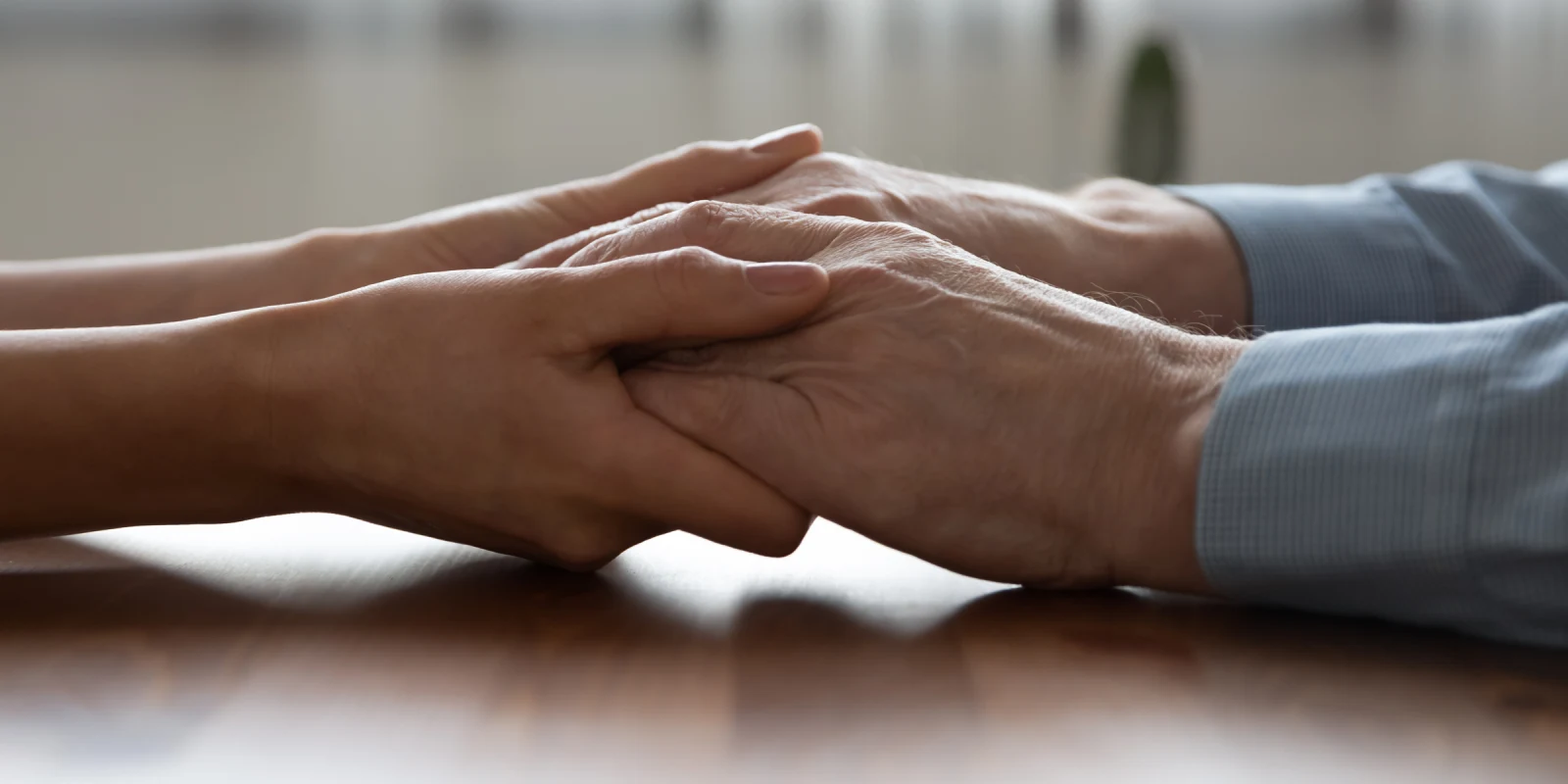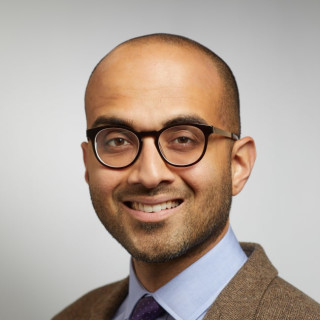On my shelf is a book I’ve had since I was a medical student: “AIDS Doctors: Voices From the Epidemic,” which is an oral history of a novel virus’ early years. Its pages contain a familiar refrain, a question that I’ve been asking myself over and over these last few months: when did you first realize just how bad things were?
I’m a cardiologist in North Carolina. In March, as we saw the havoc wrought elsewhere by COVID-19, we shut down — we closed our clinics to routine visits and transitioned to telehealth. Procedures were postponed. The health care system I worked at moved, if not nimbly, then at least faster than its customary ocean liner pace. The models told us what to do. The curve had to be flattened. This was the new normal.
We grew accustomed to wearing masks everywhere, and quickly became adept at recognizing each other’s eyebrow movements from a distance of 6 feet. Throughout it all, some of the hospital’s familiar rhythms remained. Babies were born, fluorescent lights hummed, and the ER still called its share of consults for atypical chest pain.
Instant messages circulated like dispatches from the faraway front like an approaching storm. "I am an ER doctor in New Orleans,” one such missive began, and it contained clinical pearls for this new era, such as a call to beware lymphopenia or to put down our stethoscopes and look at our patients. Or the messages bore countless dramatic first-person accounts penned by doctors at the disease’s epicenters, published daily in the nation’s magazines and newspapers (“Adrenaline, Duty, and Fear,” blared one headline; “‘It’s Hard to Stay Afloat’: Hope and Exhaustion in the Coronavirus Fight” read another).
When cases began their inevitable rise here, we weren’t wholly unprepared. Units were repurposed, some seemingly overnight. My colleagues were worried that we might be conscripted into COVID-19 service, but I felt a frisson of excitement. I dusted off my copy of “The ICU Book” from my residency. The words of Paul Voidberg, a physician at San Francisco General in the ‘80s, echoed in my head: “It’ll carry me for the rest of my life; the energy from those first years … Here, there was no history. We were it.”
When a patient, C, showed up during my clinic schedule one Friday afternoon as an urgent in-person visit, I must shamefully admit that my first reaction was to be annoyed. Hadn’t patients realized how serious all of this was? Didn’t they pay attention to the same models I did? The tsunami was about to hit us; a pandemic approached, unlike any other the world had ever seen! His daughter frantically told me over the phone that the visit could not wait until Monday, and a video visit wouldn’t do; couldn’t we see him today? At the age of 77, with heart failure and two admissions within the past few months, he feigned good spirits when I walked into the room.
“How do, Doc?” he said, hunched forward. I could see his jugular venous pulse from the doorway. It was just C and his daughter. His wife had died of cancer; his daughter was a patient herself, recently in remission. They lived together in the house where she grew up. She stretched her meager salary to cover them both.
“He’s all I have,” she said. He forced a wan smile. There was no doubt that C needed hospitalization. I said as much, and her eyes widened. “Isn’t there any other way?” she asked. Hospital rules were clear: if he went in, she wouldn’t be allowed. And what about all those COVID-19 patients that were expected to fill up our wards? What if he contracted the virus? She’d be at home by herself, surrounded by bills and facing her own doctor’s visits. Wasn’t there anything we could do to keep him at home? She promised to bring him back first thing on Monday. I felt my resolve wither under her gaze.
“To most physicians,” wrote the critic Anatole Broyard, “my illness is a routine incident … for me, it’s the crisis of my life.” C’s illness was routine. I had taken care of hundreds of patients just like him. But this time was different; the crisis was of a different sort. I saw the pandemic for what it was: a catastrophe not only for those whom the virus had infected but one whose casualties also included people whom the virus had never — would never — touch. Terrible choices were forced on us: delay medical care and stay at home, or suffer in the hospital, alone. A dismal tradeoff, one that even the most hard-hearted economist would have a difficult time conceiving.
I doubled C’s diuretics and sent him home. I called him the next day, and his daughter picked up. She told me he was doing much better, that he was eating lunch outside in the warm sun.
“Thank you so much,” she said, “for allowing us to stay together.” I hung up, not at all convinced that I had done the right thing. He’d be back in the ER soon, paying the cost for those few days spent at home. I felt sick.
The tsunami never came. They never needed me in the ICU. Case rates remained manageable, and administrators congratulated each other. Our offices reopened their doors. Elective procedures resumed. Conversations in the physicians’ lounge shifted back to familiar topics like RVUs and travel.
When did you first realize just how bad things were? Looking back, the answer is clear: I see my focus had — for too long — been elsewhere: on abstruse models, on commentary from experts, on what I, when faced with the prospect of this historical event, might do. But, look beneath sophisticated computer simulations and overwrought newspaper features, and there were patients like C and his daughter. They had, in fact, been there all along. COVID-19’s unnamed casualties.
For them, like so many others, the crisis was already here. A crisis of elder care, of economic necessity, of what scholars call “social reproduction.” It was a stark lesson for me. Cases like C’s predated the pandemic and would surely outlast it.
What treatment tradeoffs have you made for non-coronavirus patients during COVID-19?
Akshay Pendyal is a cardiologist living in North Carolina.
All names and identifying information have been modified to protect patient privacy.
Image: fizkes / shutterstock
Click here to see more perspectives on COVID-19 from the Doximity network.







